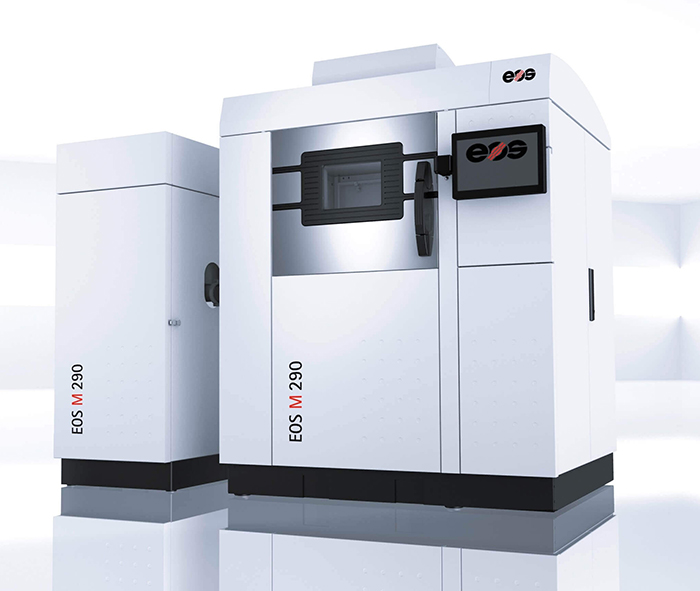3D printing metal: answers to the most common questions
In our previous blog post, we answered the most common questions related to 3D printing plastic. This time, we’ll explore the secrets of 3D printing metal with frequently asked questions.
Is 3D printing suitable for serial production?
As with 3D printing of plastic, metal components can now be 3D printed in serial production. To give an example, GE Aviation, the world’s leading manufacturer of aircraft engines, uses 3D printing in the serial production of the fuel injectors for its engines. Read more about it on GE’s website.
3D printing can be used to produce a series of metal components that have been very difficult, impossible, or very expensive to produce by machining. It is especially suitable for producing complex, challenging components.
Is a 3D printed metal component durable?
Some people may have the impression that 3D printed metal components are not very durable because they are consistently lighter than their machined counterparts. However, this is the wrong impression. 3D printed components are very durable and have high quality.
As mentioned above, GE Aviation produces the fuel injectors of its aircraft engines, and the final blades, with 3D printing. Not only does the aviation industry trust the metal components made with 3D printing, but the pharmaceutical and automotive industries, among others, trust it, too. If 3D printed metal components are good enough for these industries, they are very likely to meet the needs of quite a few others.
All the materials we use in 3D printing metal are certified and tested according to the ISO standard. Read about the metals we use and their specifications here.
What types of metals can be 3D printed?
Several different types of metal can be utilized in 3D printing. At 3D Formtech, we have a range of aluminium, stainless acid-resistant steel, tool steel and titanium. See the specs for all the materials here.
How big can the 3D printed metal components be?
As with plastic, the size of metal components depends on the capacity of the 3D printing equipment. We use the EOS M 290 printer which has a capacity of 250 x 250 x 325 mm and meets the needs of industry. See more detailed information about the EOS M 290 here.
How much does 3D printing metal cost?
The cost of 3D printing of metal depends on many things, such as the material used, the number of support structures needed and the desired finishing. 3D printing is economically viable when you need intricate components or components that are difficult to machine.
The overriding advantage of 3D printing, compared to machining, is that components which previously had to be produced separately can be integrated with each other at the production stage. This reduces the number of components needed and thus reduces the total costs. The number of support structures can also be minimised when the production of the components is well planned. This, too, directly reduces the costs.
If you’re interested in finding out how much you could potentially save using 3D printing for your components, contact us and we’ll find out together!
What is the delivery time for metal prints?
With regard to the overall delivery time, getting a finished 3D printed component into the market is usually very quick. Although the printing process takes its own time, you still save time because it produces finished, ready-to-use components. Also, starting the 3D printing process is faster than machining, and the first components are available for use or selling in just a few days after you place your order.
—
Interested in 3D printing metal? Get in touch and we will tell you how your company can benefit from the possibilities 3D printing offers. We will map out the possibilities of using 3D printing metal for your company’s particular needs.
